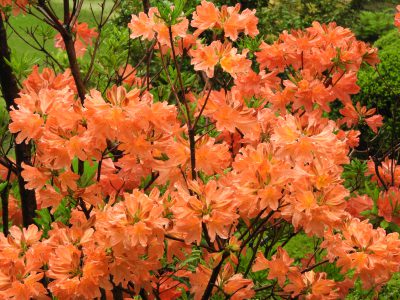Summary – Kigo
What’s a Kigo?
A kigo is a poetic device used in haiku to denote a season; it’s a powerful word or phrase that can conjure up many allusions, historical references, spiritual meanings, and/or cultural traditions. Its use in haiku, a poem of few words, is especially effective because of this power to expand its meaning beyond the literal and to create a larger aura of seasonal mood, historical/ literary context, and/or cultural implications.
The kigo, as a concept, can be traced back to the use of seasonal topics in Chinese poetry. Composing poetry using seasonal topics made its way into the feudal courts of Japan where one of the court entertainments was writing linked verse. The first verse, the hokku (this would eventually become the haiku that we write today), needed to indicate the place and time of its writing; to accomplish this it would always contain a word or phrase that denoted the season.
Yuki Teikei founders, Kiyoshi and Kiyoko Tokutomi, followed the traditional path of haiku writing and so introduced the Society to the concept of kigo. One of the tenets of haiku aesthetics that the Yuki Teikei Haiku Society honors is the importance of the use of kigo, or season words, in English-language haiku.
Here are some resources if you wish to learn more about the kigo:
The World of Kigo by Kiyoko Tokutomi.
Video Chat on Kigo with Patricia J. Machmiller.
500 Essential Season Words by William Higginson.
World Kigo Database by Gabi Greve.
Kigo Versus Seasonal Reference in Haiku: Observations, Anecdotes and a Translation by Richard Gilbert.
See our publication that elaborates on San Francisco Bay Area season words at this link.

